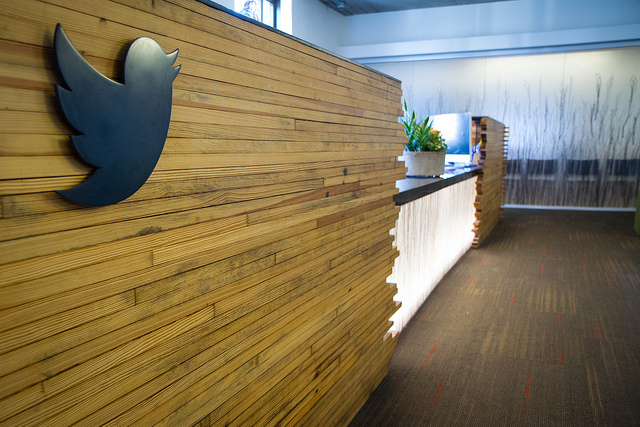How will the future workforce look? A report by Australia’s Committee for Economic Development seeks to give a picture of how employment might look at the end of next decade.
Australia’s Future Workforce is a weighty tome covering the current structure of the nation’s economy, its trends and the factors affecting employment over the next two decades.
The report makes it clear the economy will be very different observing 40 per cent of Australia’s workforce, more than five million people, is likely be replaced by automation over the next twenty years.
In the opening chapter, Reshaping Work for the Future, Professor Lynda Gratton of the London Business School describes the share of the future workforce where roles are more specialised and automation increasingly takes over less complex jobs.
An important aspect Professor Gratton also flags is the aging population which in a rapidly changing economy will require frequent retraining.
From a technology perspective Professor Hugh Bradlow, the Chief Scientist of Telstra, suggests the workforce will be more mobile and employed in fields less amenable to computerisation involving skills like social intelligence, creative talents and social intelligence.
Those without those skills are deeply at risk with Bradlow being the first in the report to cite the likelihood that two fifths of the workforce are at risk of losing their jobs.
Bradlow concludes his analysis with the observation that if we work to satisfy our basic needs then machines looking after these requirements free up the workforce to address higher intellectual pursuits.
Rethinking management
Belinda Tee and Jessica Xu, both of IBM, agree with Bradlow that technologies like IBM Watson will help skilled workers like doctors and teachers deliver their services more efficiently.
Xu and Tee suggest change in the workforce will need to start at the top with managers needing to enhance collaboration within the organisations and build diverse teams working on open data.
A two speed economy
How the effects are distributed across the workforce is probably one of the most important aspects of this report with a team from the soon to be abolished National ICT Australia mapping the regions that will be most affected by automation.
The news for many of the country’s regions is not good with the survey finding workers in most areas have more than a fifty percent chance of losing their jobs to automation.
NICTA’s bad news for the regions ties into a recent PwC report that found Australia’s economic power has been increasingly concentrated in the nation’s capital cities.
A mixed future
In many respects the CEDA report is disappointing, while it flags many of the issues facing today’s workforce and the forces shaping it, the survey doesn’t identify the industries and occupations likely to benefit.
Despite not stating the growth sectors, the report’s overall view of the future workplace is optimistic as Telstra’s Hugh Bradlow says: “The change could result in a new generation free of poverty and the burden of labor, thereby unleashing the next wave of human innovation and creativity in directions we can never imagine.”
This may be the case but the to achieve that will require, as the report later suggests, a new social compact.
It’s building that new social compact which could be the greatest task ahead of us.
Similar posts:




